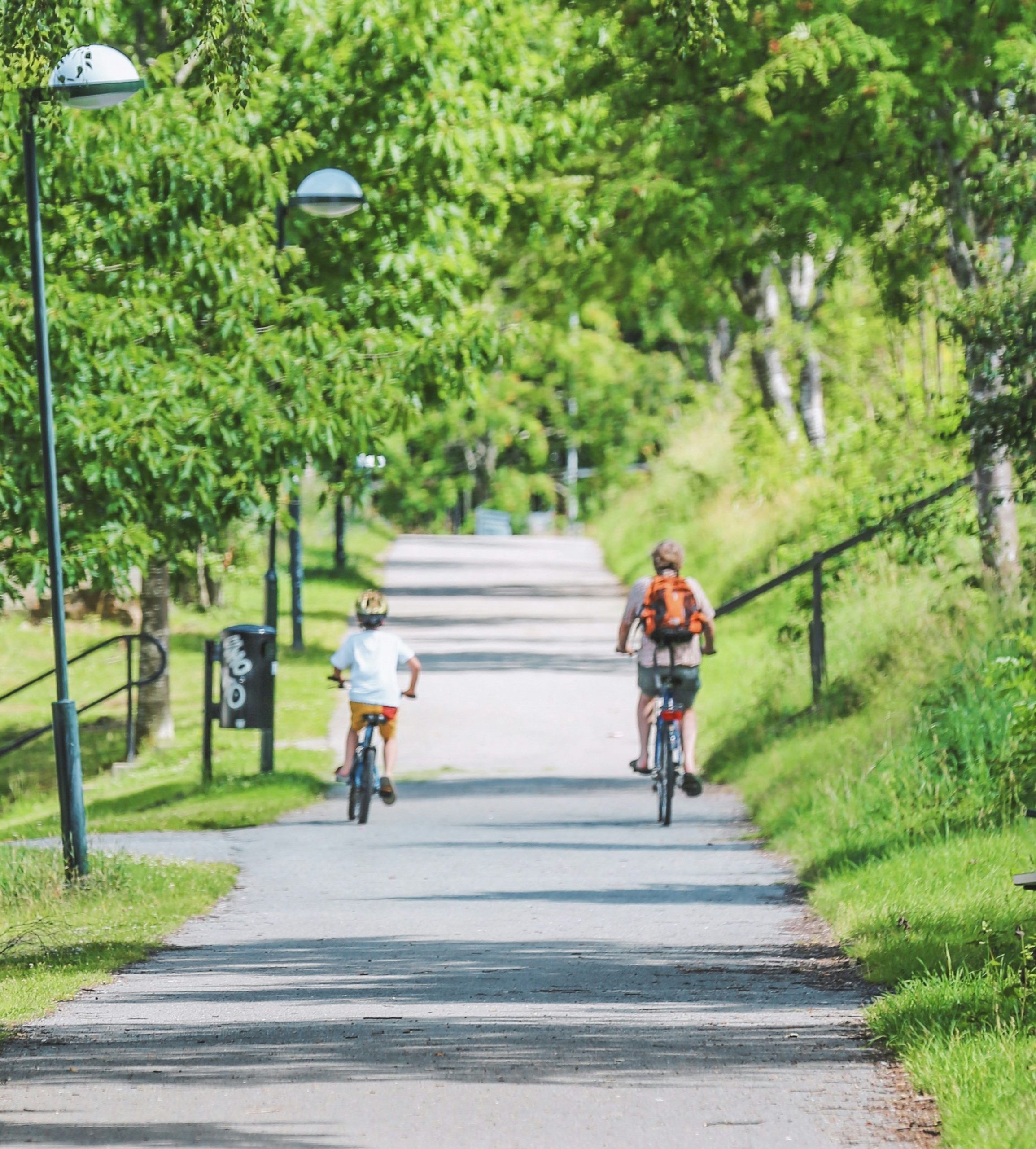Beyond the sheer thrill of wind in their hair, bike riding plays an important role in a child’s development.
Brain Integration: When your child rides a bike, they are engaging both hemispheres of their brain as they pedal their legs. As the child coordinates balance, steering, and navigating obstacles, they strengthen neural connections that increase skills for problem-solving skills, cognitive flexibility, emotional regulation, and learning.
Social Connections: Riding bikes with friends or family is a great way to have shared experiences that build a child’s self-confidence. Children have opportunities to communicate, cooperate, and understand empathy, laying the groundwork for healthy relationships.
Physical Health: Bike riding is a low impact physical activity that supports cardiorespiratory health. This skill is something a child can take with them throughout life.
For children with vestibular processing difficulties, bike riding can be difficult, yet very beneficial. Know that your child may need additional practice with understanding how the bike moves, feeling comfortable having their feet off the ground, and knowing where their body is in space and in the environment around them.
A child with proprioceptive difficulties may have difficulty locating the pedals with their feet without looking. They may also struggle to navigate breaking to start.
Children with visual perception difficulties may need extra support to learn how to stop the bike in time. They may be easily distracted by visual stimulus in the environment.
Children with sensory processing difficulties may need extra support to understand and navigate safety while biking.
Types of Bikes and Adaptations:
Balance Bikes: Balance bikes are great for younger children around 3 years of age and under. They are an excellent way for kids to find their feet before progressing to pedal bikes.
Tricycles: Tricycles offer more stability than the two-wheeled bike. Tricycles are easier to get on and off. A child can learn how to navigate the environment and pedal without needing to worry about balance.
Balance Buddy: This bike handle is height adjustable, designed for the parent to provide balance when teaching children to ride a 2-wheeled bike independently.
Setting your child up with the “just-right challenge” is important to support their success in bike riding. Talk to your child’s therapist to find the best option for your child to get started.
So, dust off those helmets, inflate those tires, and get riding!
Author: Allison Hunt – Occupational Therapist


0 Comments